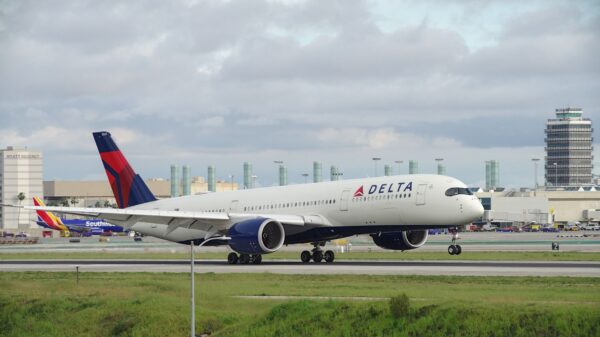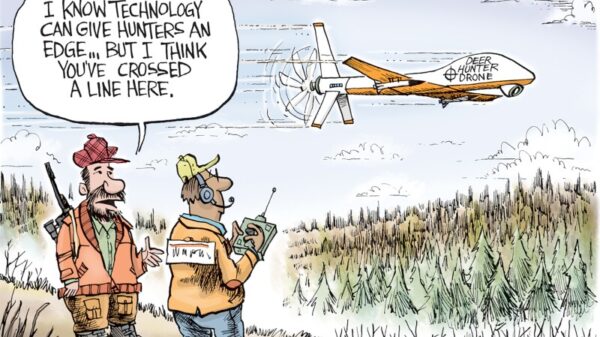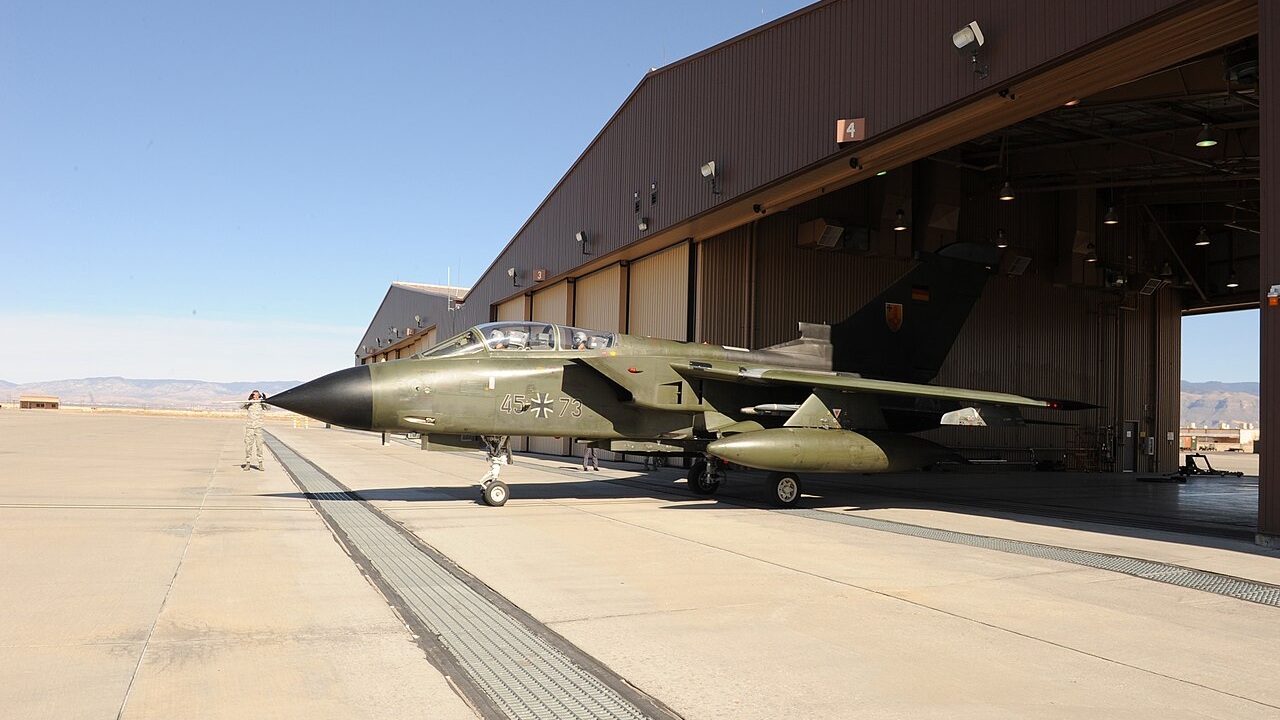The iconic Panavia Tornado, a multirole fighter that served as a cornerstone of European and Middle Eastern air power for over four decades, is approaching retirement. Although it has proven its worth in numerous conflicts, the aircraft is being phased out in favor of more advanced models such as the Eurofighter Typhoon and the Lockheed Martin F-35 Lightning II.
The Tornado was developed through a collaborative effort involving the United Kingdom, West Germany, and Italy. Its unique variable-sweep wing design allowed it to perform effectively at various speeds, making it ideal for low-level penetration strikes. The aircraft has three main variants: the Tornado IDS (Interdictor/Strike), the Tornado ECR (Electronic Combat/Reconnaissance), and the Tornado ADV (Air Defense Variant). These variants enabled the Tornado to adapt to various combat roles, from precision ground attack to suppressing enemy air defenses.
Despite its impressive specifications, including a top speed of 2,400 km/h and a range of approximately 2,000 miles, the Tornado’s days are numbered. The aircraft was actively deployed in significant military operations throughout the late 20th century, including campaigns in Desert Storm, Kosovo, Iraq, and Afghanistan. Its last major appearances were in the air campaigns against Muammar Gaddafi’s regime in Libya and the Islamic State in Syria.
The Shift to Modern Warfare
The decision to retire the Tornado across its operating nations stems from the rapidly changing demands of 21st-century warfare. The United Kingdom officially retired its fleet in 2019 after 40 years of service, while Germany and Italy continue to use their Tornadoes, albeit in limited capacities. Complete retirement for these nations is anticipated in the late 2020s.
Saudi Arabia, the sole non-European operator of the Tornado, remains its last significant user. However, even the Kingdom is shifting its focus toward modern aircraft procurement. The Tornado now lacks several essential features that contemporary military aircraft possess, such as stealth capabilities, advanced sensor integration, and the ability to operate effectively within contested airspace.
Maintenance issues also contribute to the Tornado’s decline. As the fleet ages, costs have increased due to the challenges in sourcing spare parts and the lengthening of maintenance cycles. These logistical difficulties have prompted many nations to retire their Tornado fleets in favor of modern solutions.
Future of Air Power
NATO is actively moving towards newer multirole fighters that can undertake a broader range of missions without the operational headaches associated with older aircraft. The Eurofighter Typhoon offers enhanced air-to-air capabilities and modern avionics, while the F-35 boasts advanced stealth features and data fusion capabilities. Both aircraft are designed to meet contemporary military doctrines that prioritize rapid deployment, electronic warfare resilience, and effective integration of joint forces.
The Tornado has had a remarkable legacy and has proven itself as a reliable asset in wartime conditions. Yet, as military technology progresses, it is clear that the aircraft’s time is coming to an end. Modern aircraft are better equipped to confront the challenges of the evolving battle space, marking a significant transition in the landscape of air power.
The retirement of the Tornado symbolizes not just the end of an era but also the beginning of a new chapter in military aviation, one that will shape the future of air warfare for years to come.







































































